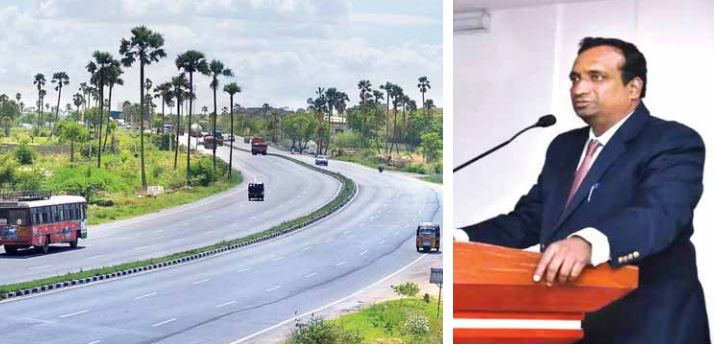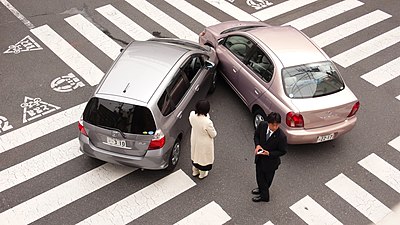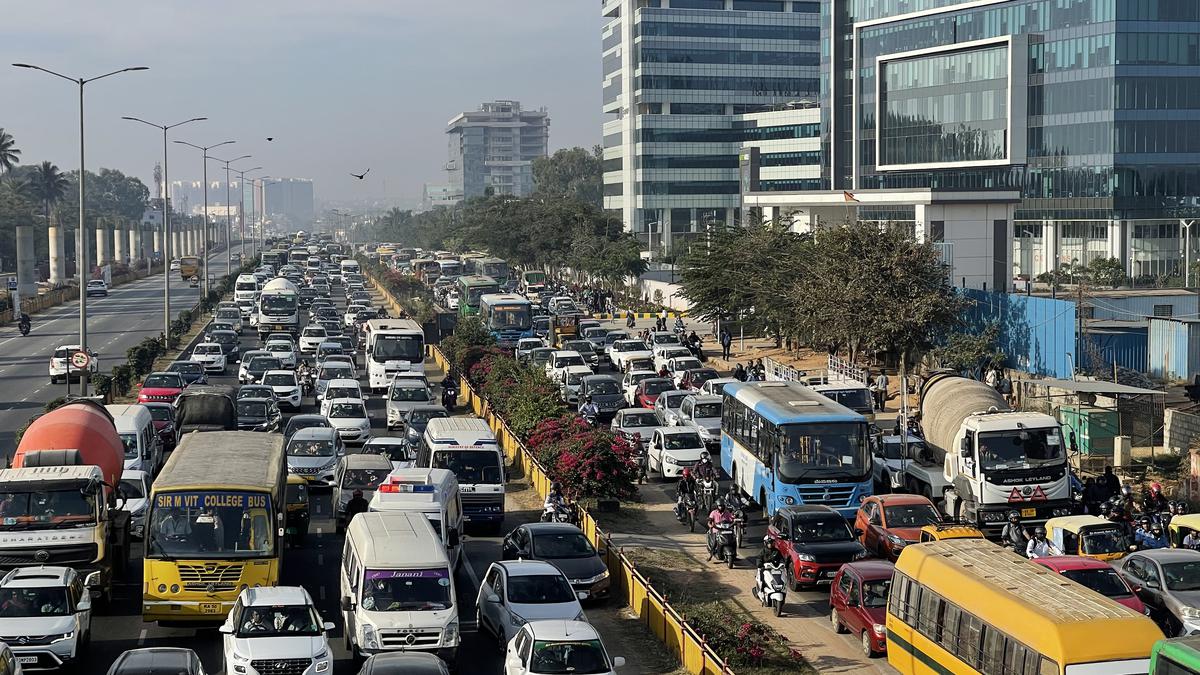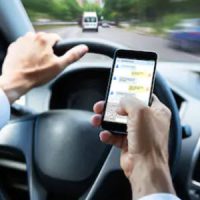Maharashtra State Motor Vehicles Department has 15 Regional Transport Offices and 35 Deputy Regional Transport Offices. The goal of the Department is to ensure the safe transportation of goods and passengers while providing prompt and citizen-friendly services relating to motor vehicles. With a massive load of vehicles plying on the roads across the State, the responsibility of ensuring smooth and efficient transportation majorly rests on this Department. Leading the charge is the Transport Commissioner, Vivek L. Bhimanwar. Satya Swaroop, Managing Editor of The Maharashtra MILESTONE, sat down with the Transport Commissioner to discuss the various issues related to road safety initiatives, collaboration, revenue, and future plans.
Let us start with your experience in the Department. How would you sum up your experience thus far?
My journey here has been pretty exciting and difficult. I have been concentrating my efforts on making considerable changes. According to the data released in January 2024 by our Department, we have reduced the number of road fatalities in the State by 1.40% in 2023 when it was on the rise in other States.
Could you explain what resulted in this great outcome?
For the first time in 15 years, excluding the COVID-19 years, we carried out an initiative to improve road safety by placing an inspector in charge of each police station in both metropolitan and rural areas. These officers were tasked with investigating all First Information Reports (F.I.R.s) from the previous two years that involved accidents in their respective districts. We also began identifying and addressing problems on major roads in each district, which helped us to correctly identify the most prevalent causes of accidents. Additionally, we held continuous meetings with various stakeholders to ensure that road safety measures were taken up.
What did you discover during this process?
We discovered that we lack an authoritative entity at the district level, which hampered effective decision-making. It became evident that we cannot dictate and direct everything from the headquarters.
You recognised the
importance of a more decentralised strategy. What steps did you take to remedy this problem?
To solve this issue, the Government issued a Government Resolution (GR) through the district planning fund. It is now mandatory for Collectors to allocate 1% of this fund towards road safety projects. This financial autonomy at the district level has resulted in improved resource allocation and focused road safety programmes. As a result, we now have a more localised approach to traffic safety, with each district’s specific concerns being addressed. This has helped in identifying the main causes of accidents.
This has resulted in a systematic strategy at the local level to address the shortcomings, focusing on their individual needs – be it placing proper lighting or identifying black spots and placing appropriate signs for them. These small-scale efforts are only a minor portion of our larger objectives since we have countless more projects in the works. Data show that these initiatives are having a good impact.
What other actions do you think will help the
situation?
We intend to build India’s largest Intelligent Traffic Management System (ITMS) over roughly 2000 kilometres of road in the long term. The ITMS will not only enhance road conditions but will reduce traffic accidents. In addition, we have made an important step by enforcing Section 194D of the Motor Vehicle Act. This Section addresses the issue of two-wheeler riders not wearing helmets, which accounts for around 55% of all deaths.
Enforcing helmet use can be difficult, especially given the wide road
network and few
resources. How did you address this problem?
Enforcing helmet use brings its own set of issues. We cannot keep employees on every road at all times. To address this, we took a two-pronged strategy. We enacted Section 194D of the Motor Vehicle Act, which makes persons liable for fines if they drive or let someone else operate a motor vehicle without wearing a helmet. As a deterrence, this is effective. Second, we have begun one-on-one discussions with vehicle owners to highlight the significance of wearing a helmet and to incentivise. By connecting directly with the community, we want to influence behaviour and raise awareness about helmet usage.
Could you elaborate on how you enforce helmet use and hold workplaces, companies, and
institutions accountable?
We have sent out around 7000 notifications to various offices, enterprises, and colleges, emphasising their need to ensure that everybody entering their premises wears a helmet. They can be penalised if they allow people to ride without helmets. We recommend putting CCTV cameras at these establishments to speed up the procedure. We assign an inspector to each building, and every 15 days, the officer will review the CCTV footage. We issue a challan if someone is seen not wearing a helmet. By doing so, we shift responsibility to a third party, decreasing the requirement for our people to be continually present on the roadways and minimising direct interaction with vehicle owners.
Two-wheelers contribute a major percentage of road fatalities. What
additional measures have you launched to address this problem?
Indeed, two-wheelers make for a sizeable proportion of total deaths, accounting for roughly 55% of all fatalities. In addition to mandating helmet use, we are always working on various steps to improve road safety. These projects include infrastructural upgrades, public awareness campaigns, and improved traffic regulation compliance.
How has the exemption granted to electric cars (EVs) until 2025
influenced revenue?
We have encountered certain revenue issues due to the exemption granted to EVs until 2025. EVs now account for roughly 10% of overall car sales, affecting revenue generation. Furthermore, car prices have risen this year owing to rising raw material costs. However, we hope to meet our sales target of
Rs 13,000 Crore this year.
Could you share the other projects the Department is undertaking?
We have recently opened counselling centres on the Bombay-Pune Expressway and the Samruddhi Highway. So far, we have counselled about 40,000 motorists on the Bombay-Pune Expressway and about 14,000 motorists on the Samruddhi Highway.
As we conclude our
conversation, do you have any final message for our readers?
For many years, India has had the fastest-growing economy. Unfortunately, we also have the world’s greatest number of traffic accidents. We cannot afford such a high number of traffic accidents as a developing country and prospective powerhouse. My message to all citizens is that road safety is critical. Individuals must accept responsibility for their safety and that of their families. I urge everyone to follow safety rules, develop good driving habits, and save lives. Thank you.






